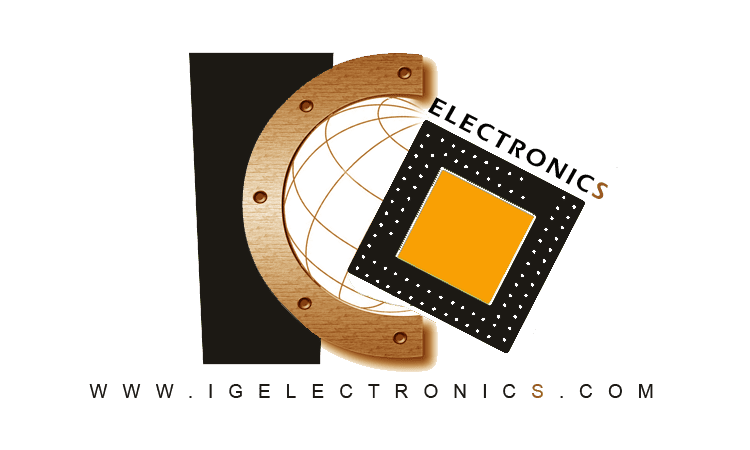
EMG Muscle Sensor v1.3
Non-returnable
27.500BD
Emg muscle sensor v1.3 is a high-quality sensor that is designed to provide a reliable and efficient way to detect muscle signals. With a high-quality design and a durable construction, this sensor is perfect for use in various applications, including electronics, electrical systems, and telecommunications.
Choose Quantity
Product Details
Electronic Components
Usage scenarios:
Features:
• High-quality design
• Durable construction
• Easy to use
• Compact size
• Emg muscle sensor
Usage scenarios:
• Detecting muscle signals
• Building custom electronic systems for specific applications
• Repairing and upgrading existing electronic systems
• Creating custom electronic solutions
